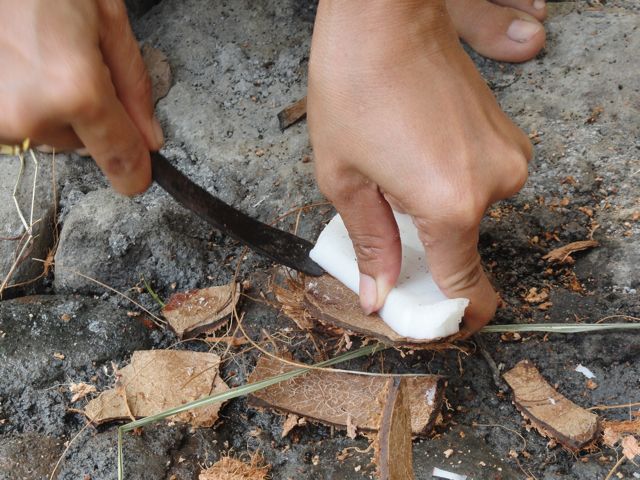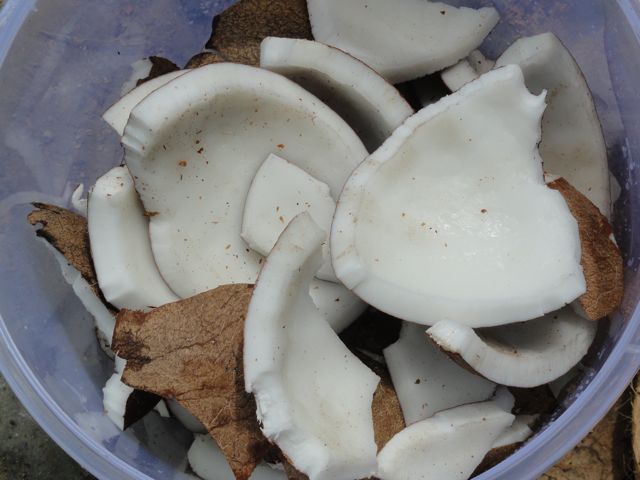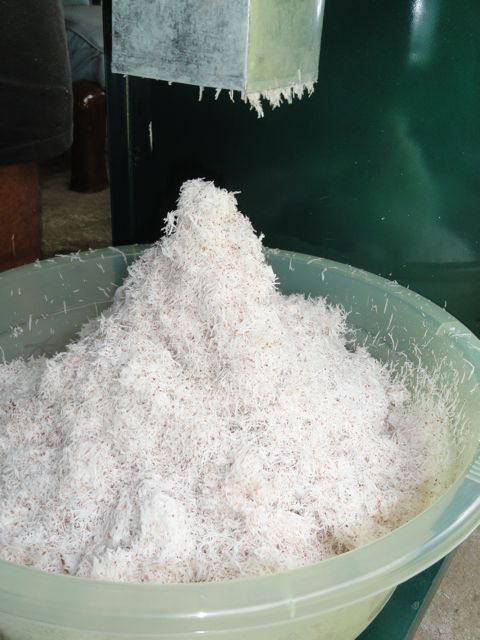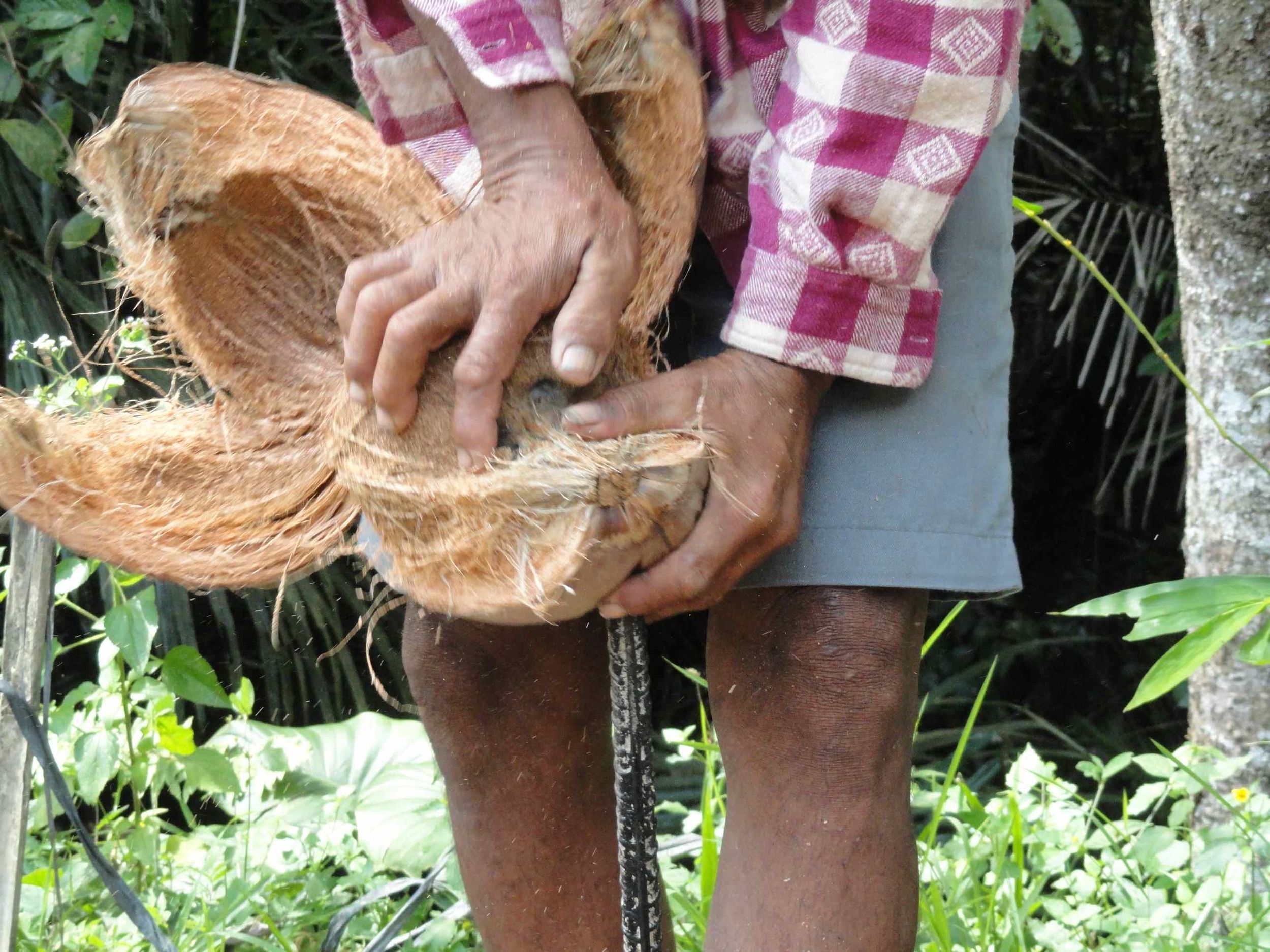Production of our Bali Virgin Coconut Oil
/When I arrived at Jiwa Damai as an intern, I had to organize the production of the Coconut House. A very interesting and exciting project that I enjoyed doing with the help of Margret and Libby.
The production begins with Nyoman and Ketut opening the coconuts in the tropical garden.The coconut meat is extracted before being transformed in flakes with a grinder.
Inside, in a green atmosphere, fruits are drying while the filtering process of oil is done by hand.
Empty jars and glass bottles are ready to package the delicious virgin coconut oil.
You can use it on your skin or for cooking. It is a really healthy food with lots of benefits. I had the pleasure to enjoy it in the delicious Balinese meals that are prepared by Made. Finished products are then nicely put together in the small shop of Jiwa Damai and other outlets.























